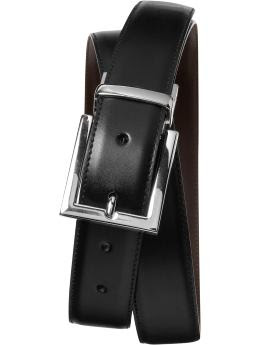
Wool comes in a variety of grades. Maybe you've seen suits in a department store with "Super 130s" or "Super 120s" written on them and wondered what that meant. The S system, a sort of scale for rating wools, places fabrics generally somewhere between Super 80s and Super 200s. So what do those numbers mean? In short, the numbers refer to the fineness of the fibers, as measured in microns (one millionth of a meter), that make up the fabric. For example, a Super 140s wool is made from finer fibers than a Super 100s. The finer the wool, the higher the number. You might assume that the higher the number, the better the fabric. Not necessarily so.
First, a bit of history. The S system has been around for a long time (since the 18th century), and has always denoted the fineness of the wool in question. In those days the range was between 30 and 100. In more recent history, technology has enabled textile manufacturers to push the boundaries on how fine they can go by spinning the wool lighter and finer than ever. Fineness isn't the only indication of quality; length and strength are also important. The longer the fiber, the stronger the yarn that can be spun from it. And with strength comes the ability to twist tightly, creating a fine weave and eventually a superior fabric.
So how do these numbers figure into your decision on which fabric to choose? Be aware that the numbers can be a bit misleading. You would assume that a high number fabric would create the best suit. That depends on what "best" means for you. Remember that the higher the number, the softer and lighter the fabric. If you go for a Super 150s and above, you should count on using the garment sparingly, as it won't take well to normal day-to-day use and is much more high maintenance. You should dry clean it very infrequently, if at all. They are delicate and wrinkle fairly easily. They have a great feel and look, but are not as durable as the lower numbered fabrics. And the higher numbers will cost you more.
If your suit is going to see a lot of action, you're better off going with something in the Super 100s-140s range. These are known as the performance wools--you can wear them throughout the day without wrinkling or loss of shape. They travel well. Generally speaking, they make for good all-year suits. Today's fabrics in this range are superb, combining a sumptuous feel with resilience and durability.







